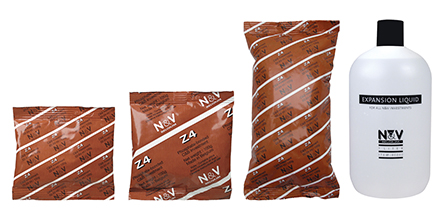Digital wax-ups + Z4 Investment
11/09/2014
Today more and more dental laboratories are looking to boost productivity and increase consistency by integrating 3D printing or wax milling into their workflow. Equipment costs have decreased and the the tools to digitally produce wax-ups have become more accessible to labs of all sizes. But making the switch to printed or milled wax-ups can come with some hurdles, and one of those challenges if finding a reliable investment to press or cast your patterns. But don't worry because we've got a simple solution to that problem, Z4 Universal Investment. In fact, every day technicians from around the world rely on Z4 Universal Investment to deliver outstanding results with all of their printed or milled patterns.
Regardless of whether you are printing to press, or printing to cast, there are a lot of variables to consider. However, when it comes to the actual process of casting or pressing of digitally produced wax patterns we've found the biggest factor is the material that is used to produce the patterns. The reason is simple, some materials are better suited for dental casting and pressing applications than others.
In our industry we require a extremely clean burnout process and for years we've all relied on the "lost wax" technique to deliver that clean burnout. One of the keys to this process has been the use of a high quality wax, but as new technologies have been adopted the materials have changed and in many cases we are now trying to burnout materials that are not exactly wax. Many of the materials used in 3D printers and mills contain resins or plastics that typically don't react to the burn out process like pure waxes do. They can leave residue behind in the investment pattern that can cause surface texture or contamination issues.
So how can labs achieve the best results? First, and most importantly, use the best materials available in your printer or mill. Only use materials that offer a clean burnout, usually those with the least amount of plastics. Test the materials before you put them into production to make sure they work as intended.
If you find that you are not getting the desired results you may need to modify your burnout procedure. We've found that certain materials don't respond to a rapid cast (shock heat, high speed, etc) burnout process as well as other do. The high temperature entry can cause the resins to ignite and burn within the pattern, leaving behind residue. Using a traditional burnout method that slowly heats up the furance can help resolve this issue by allowing the material to soften and then run out of the ring before it ignites.
Whether you are thinking about making the digital jump, or you have already made it, you need a reliable investment to press or cast your printed and milled patterns. Z4 Universal Investment has been optimized to handle all types of printed and milled materials, allowing the resolution and accuracy of your equipment to transfer through the entire process. To get a free sample of Z4 Investment just fill out our sample request form and we will send one to your lab.
